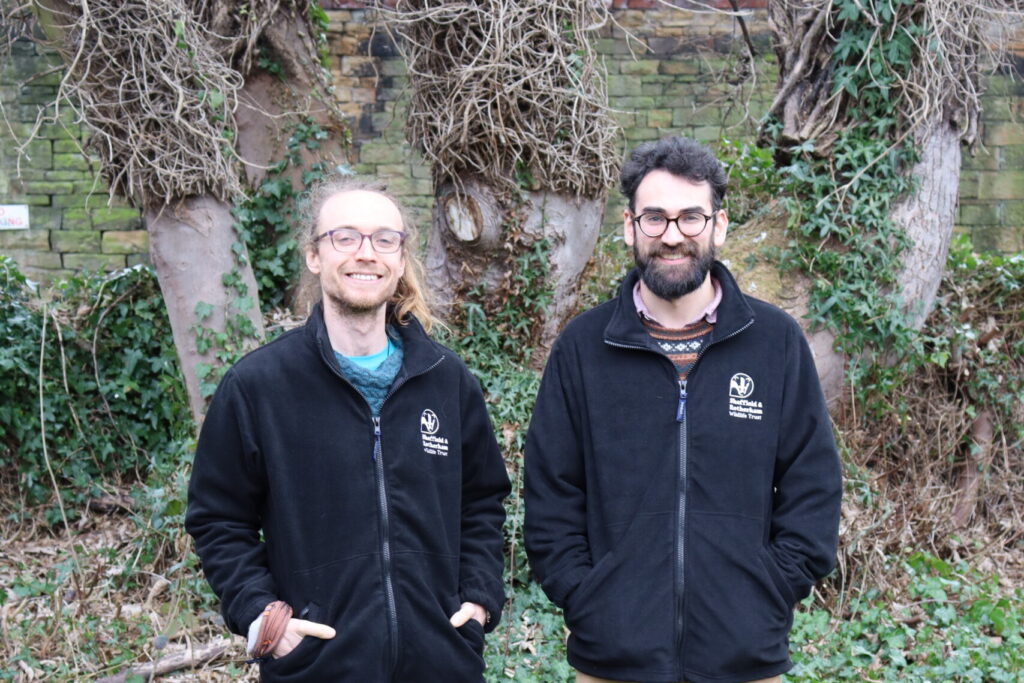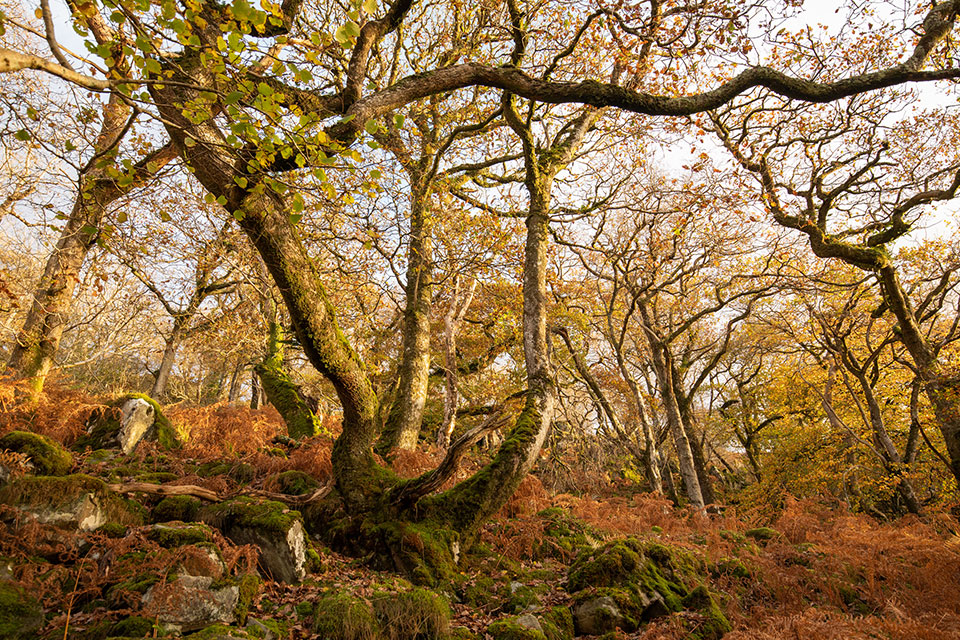Sheffield & Rotherham Wildlife Trust are leading the South Yorkshire portion of a national scheme to re-map ancient woodland. England’s Ancient Woodland Inventory is being updated countrywide on a county-by-county basis. Here in South Yorkshire, the Sheffield & Rotherham Wildlife Trust’s team are looking for woodland older than 400 years across Sheffield, Rotherham, Doncaster, and Barnsley.
When the Ancient Woodland Inventory was first created in the 1980s, mapping techniques were not as sophisticated as they are now. The update is an opportunity to check the original inventory, improve its accuracy and add areas that may have been missed the first time around. With modern digital technology and resources, the updated maps will be much more precise. Ancient woodlands have immense ecological and cultural value, and this map will allow us to better protect them.

David Botcherby, one of the Trust’s Ancient Woodland Inventory Analysts, explains how ancient woodland provides a link between past and present:
“Each woodland is a piece of living history. Continuity for over 400 years creates a really complex environment, which provides a habitat for hundreds of rare plants, animals, fungi and microorganisms; species rarely found elsewhere. Ancient woodlands are an irreplaceable part of our landscape.”
Archaeologist Nick Clarke, the other analyst working on the project, is also keen to stress the historical importance of these special locations:
“Ancient Woodlands can be treasure troves of information about human activity through the ages. Evidence of industries and crafts activities that have since fallen into disuse are often preserved. The Trust’s own ancient woodland – Greno Woods Nature reserve – has over 400 archaeological features, from Romano-British settlements to Sharp’s Wood ‘Oyl. These spaces aren’t just tranquil and beautiful; they are a unique part of our heritage, and need to be preserved so that they can be enjoyed today and in the future.”
David says “It’s a big job but we’re excited to be involved in creating such a useful planning tool to protect these unique habitats. The original inventory didn’t recognise the ecological value of less densely wooded habitats such as wood pasture and parkland. We now know how important sites like this are for wildlife, and we can make sure they are recognised as such for future generations.”
In order to update the inventory, the team will be using mapping technologies (GIS), previous research, historical maps and documents, and field surveys of botanical and archaeological features. They are also looking to capitalise on local knowledge, so if you are part of a local history or naturalist group, and have any relevant information about woodlands in your area, please do get in touch with the team at ancientwoodland@wildsheffield.com.
Find out more about the South Yorkshire Ancient Woodland Inventory.
Main image: Ancient Oak Woodland ©Ben Porter
